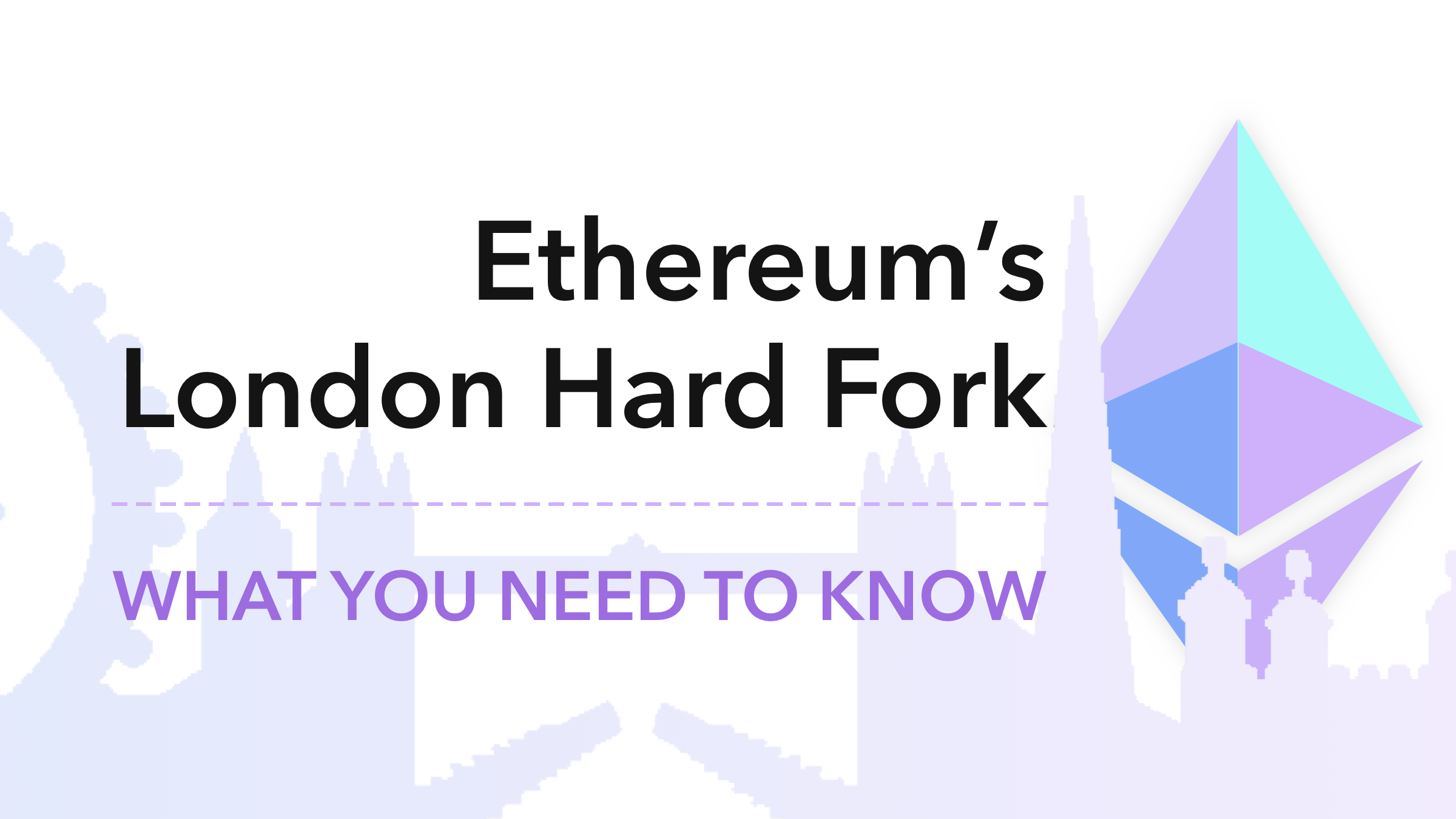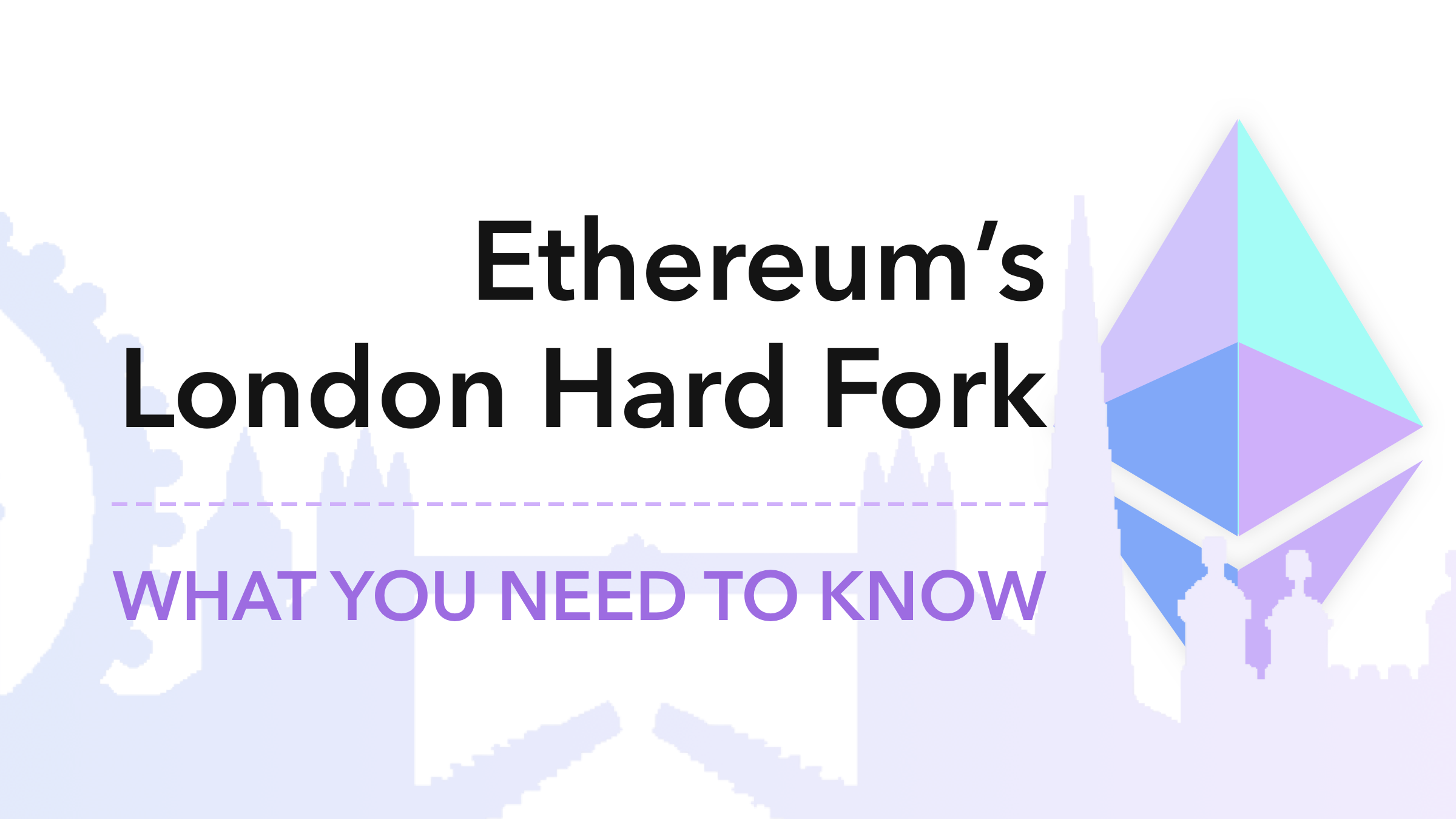[Coinlist] Ethereum’s London Hardfork is Live: What You Need to Know


After much anticipation, Ethereum’s EIP-1559 upgrade, also known as the ‘London’ hard fork, has gone live last week. News of the successful upgrade has been met with a run-up in the price of Ether, the native token of the Ethereum blockchain. ETH is at an impressive $3,150, up 25% since the merge took place. But what exactly changed? And how does it impact user experience?
We unpack below.
What is an EIP?
Before we jump into the details, let us first understand the significance of an EIP and how this term came to fruition. EIP stands for Ethereum Improvement Proposal. An EIP is a document typically socialized with the Ethereum community that describes a new feature or change to the Ethereum chain. The author of an EIP is typically responsible for coordinating the proposal as well as documenting differing opinions. EIP’s are an important component of Ethereum and are crucial in ensuring the network can iterate and evolve overtime through community engagement and proposals. The beautiful thing about these Ethereum Improvement Proposals (and decentralized applications in general for that matter), is that anyone can propose one!
TLDR — An EIP allows developers to describe and coordinate a change or upgrade to the Ethereum network.
What does EIP-1559 introduce?
With arguably the most impactful EIP ever taking place this past week, there is a lot to be excited about for EIP-1559. Let’s first discuss what the changes are and how they intend to reduce the volatility of Ethereum gas auctions moving forward. The main goal of EIP-1559 is to stabilize gas auction fees and volatility by changing the way in which ETH fees are rewarded to miners. With these changes, less gas (in the form of newly issued ETH) is rewarded to miners upon a successful inclusion of a transaction into a block. In EIP-1559, this is done by programmatically determining the price of gas, known as the base fee. Contrast that with the old gas auction system where users bid for block space, this new design means that even during times of high congestion, users will know exactly how much gas is and can come back later when congestion is lower. Great for users! While a certain portion of the gas rewarded to miners can be bid for by users (known as the tip fee), it represents far less ETH than what was being rewarded to miners using the old gas auction system.
TLDR — Users can expect ETH gas volatility to subside over time, giving them the benefit of more predictable gas fees and an easier network to interact with.
How might EIP-1559 affect the price of ETH?
As briefly mentioned before, the new gas auction design introduced with EIP-1559 reduces the amount of ETH rewarded to miners. ETH fees are also burned (AKA destroyed) every time a transaction is processed. Both of these factors are bullish for the price of Ethereum due to the fact that less ETH will be newly minted over time. Seeing as the price of any asset is primarily determined by supply and demand, there are only two ways an asset can appreciate in value – increase the demand or reduce the supply. With EIP-1559 now live, the supply of ETH will begin to dramatically decrease over time as more applications support the changes. This is already evident post merge. Not even a week after launching, over 16,000 ETH have been burned. In fact, some ETH blocks have burned more ETH than what was issued! Look no further than block 12,965,263, which actually had a negative ETH issuance.
TLDR — With EIP now in full force, the sudden reduction in supply of newly minted ETH should work in ETH’s favor to reduce supply of the asset and naturally curb selling pressure.
Less revenue for miners?
In Ethereum’s current format, miners earn a ton of ETH. They actually earn all of the newly issued ETH every time a block is minted. So as more users and applications start to integrate with EIP-1559, leading to less ETH minted and subsequently awarded to miners, those miners are going to lose a significant amount of their revenue.
Ethereum miners must also grapple with the fact that off-chain gas auctions won’t be as lucrative moving forward. Block space in Ethereum is furiously bid for to ensure transactions are prioritized and included in the next block. Off chain auctions gained popularity because users were so eager to out bid their competition for block space, they would go as far as privately sending their transactions to a miner (for a fee of course). But because EIP-1559 democratizes the way in which fees are paid to miners, making such fees determined algorithmically (via the base fee), it’s very likely these off chain gas auctions will start to dwindle overtime. This is another key source of income for miners and something they will surely not be happy about. While miners will experience a drop in revenue post EIP-1559, there continue to be incentives for miners to secure the network and process transactions in exchange for gas fees. Gas spikes such as the recent NFT craze on OpenSea leaves the door wide open for miners to take advantage of high gas prices.
This begs the question – how will miners respond once the Ethereum Proof of Stake merge takes place? While it’s still unclear, it’s likely that some miners will not be happy with the fact that the fees they earn from processing transactions will further decline. But the Proof of Stake merge might also lead to more centralized control of mining power. Because Ethereum will eventually use ETH ‘pools’ to secure the network, miners with larger amounts of ETH and larger pools will have the ability to earn more of the fees, leaving smaller scale miners by the wayside.
TLDR — As more users and applications start to integrate with EIP-1559, and less new ETH is minted, miners will lose a significant amount of their revenue.
What’s next?
After much anticipation, the Ethereum community launched yet another successful EIP. With EIP-1559 containing arguably the biggest changes to the Ethereum network, this successful release further shines the light on the Ethereum community’s ability to improve the network over time. This merge was crucial in ensuring Ethereum’s goal of becoming a Proof-of-Stake blockchain becomes reality in the near future.
With ETH 2.0 expected to go live by early 2022, EIP-1559 proved to many that the Ethereum developer community is more resilient than ever and will continue to accelerate its evolution while addressing scale and fee issues. This is all excellent for the Ethereum ecosystem.
Legal Notice
This blog post is being distributed by Amalgamated Token Services Inc., dba “CoinList,” or one of its subsidiaries. This blog post and use of the CoinList website is subject to certain disclosures, restrictions and risks, available here.
